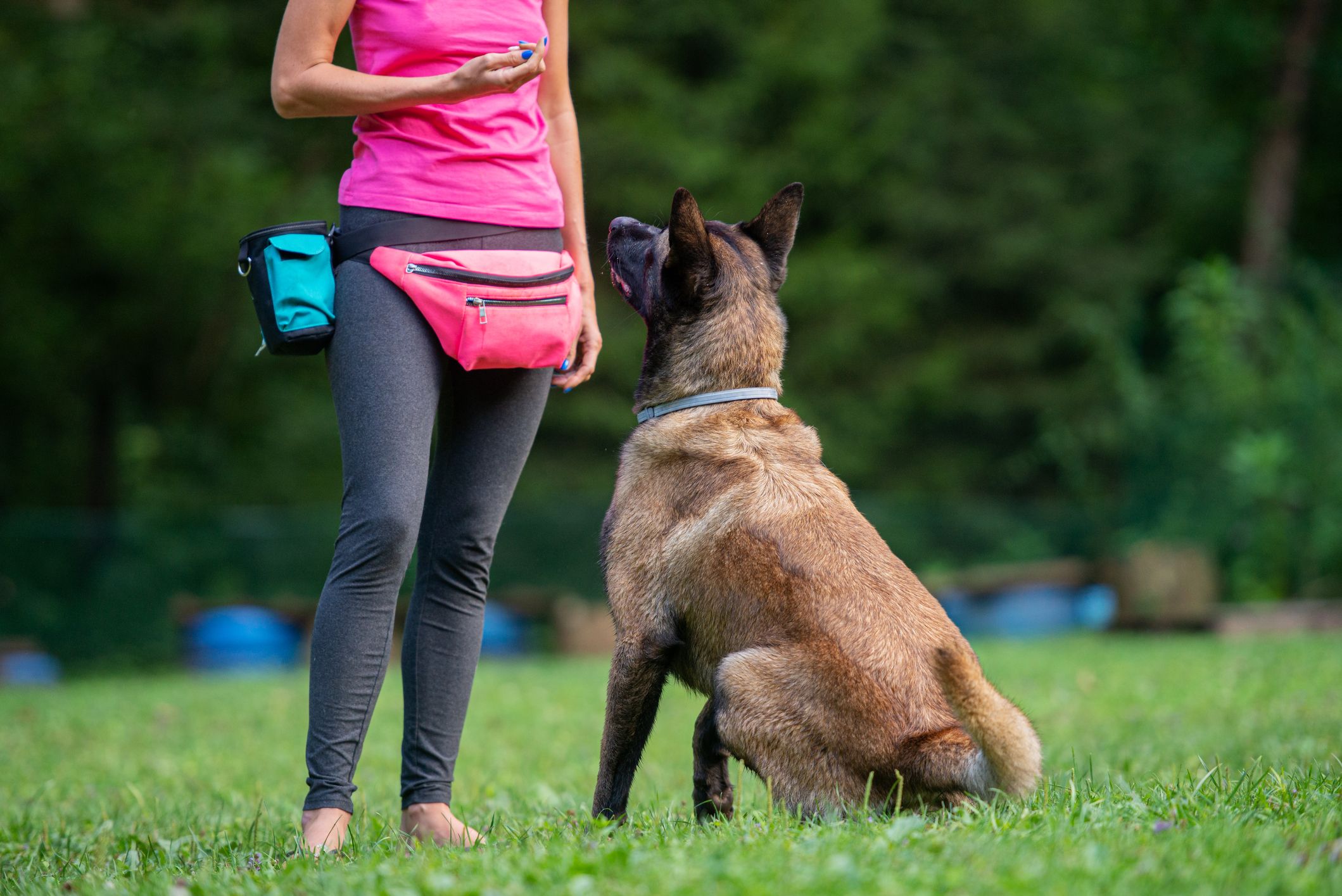Shop At Haya: Your Ultimate Shopping Guide
Discover the best shopping tips, trends, and deals for a smarter buying experience.
Fetch This! Tricks to Train Your Dog Like a Pro
Discover expert tips and tricks to train your dog effortlessly! Fetch success with training that transforms your pup into a pro.
Top 5 Fetch Training Techniques Every Dog Owner Should Know
Fetching is one of the most enjoyable activities for dogs and their owners, but effective fetch training techniques are crucial to maximize the fun while ensuring safe play. Here are the Top 5 Fetch Training Techniques Every Dog Owner Should Know:
- Start with Basics: Before jumping into full fetch sessions, ensure your dog responds well to commands like 'sit' and 'stay.'
- Use the Right Toy: Choose a toy your dog loves, whether it's a ball, frisbee, or squeaky toy, to keep them engaged.
- Introduce Fetch Gradually: Begin by tossing the toy a short distance and encourage your dog to bring it back.
- Implement the 'Come' Command: Reinforce the fetch training by teaching your dog to return the toy using the 'come' command.
- Make it Rewarding: Always reward your dog with praise or treats for returning the toy, helping establish positive reinforcement.

Common Fetch Training Mistakes and How to Avoid Them
When it comes to fetch training, many dog owners unknowingly make common mistakes that can hinder their success. One significant error is inconsistent reward timing. Not providing immediate rewards when your dog retrieves the toy can lead to confusion, diminishing the effectiveness of the training. To avoid this, ensure that your dog receives their reward as soon as they return the toy to you. Additionally, failing to practice in a variety of environments can also contribute to misunderstandings. Dogs may excel in familiar settings but struggle in new places. Therefore, varying your training locations can help acclimate your dog to different distractions and situations.
Another frequent pitfall is the use of overly lengthy training sessions. Short, engaging intervals tend to be more effective, especially for younger dogs with shorter attention spans. Limiting sessions to about 10-15 minutes, while maintaining a fun and energetic atmosphere, will keep your dog excited about training rather than bored or overwhelmed. Finally, rushing the process can result in frustration for both you and your dog. Patience is key; take the necessary time for your dog to understand what is expected. Remember, slow and steady wins the race when it comes to training!
How to Choose the Right Fetch Toys for Your Dog's Breed
Choosing the right fetch toys for your dog's breed is essential for ensuring their physical and mental stimulation. Different breeds have unique energy levels, play styles, and sizes, which means that not all toys will serve the same purpose. Large breeds like Great Danes or Mastiffs may benefit from durable, heavyweight fetch toys that can withstand their powerful jaws, while small breeds such as Chihuahuas may prefer lightweight options that are easier for them to carry. Consider your dog's size, strength, and preferences when selecting fetch toys to maximize their enjoyment and engagement.
Additionally, it's crucial to consider the material and design of the fetch toy. For instance, some breeds have a tendency to chew destructively, making rubber or hard plastic toys more suitable. Others, particularly those with a gentler bite, might enjoy plush or squeaky toys. Always observe your dog during playtime to ensure that the toy chosen fits their play style. Remember, the right fetch toy can not only keep your dog active but also foster a stronger bond between you and your furry friend.